The Farthest
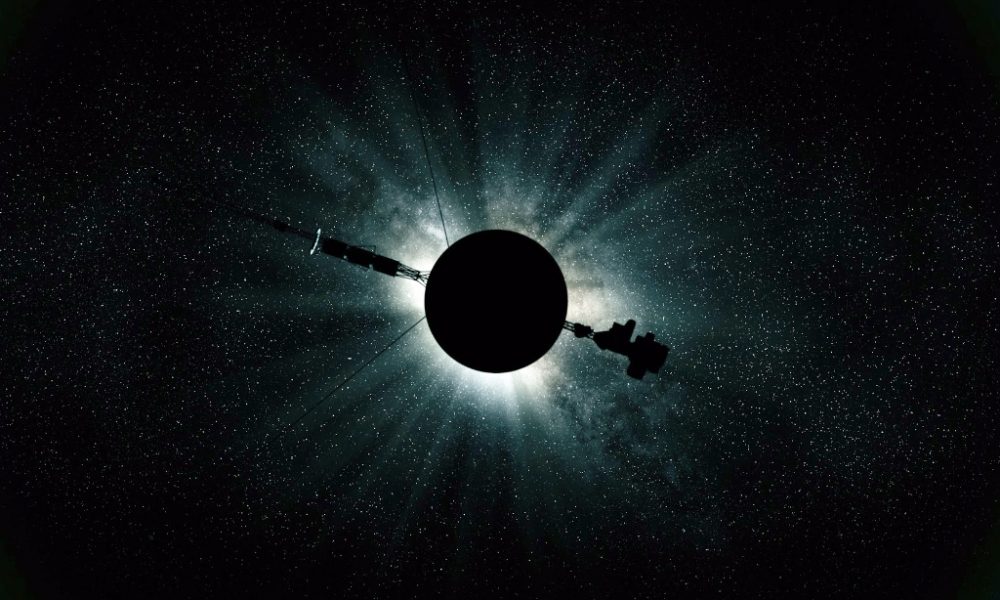
The exceptional documentary The Farthest, from the mind of Irish writer/director Emer Reynolds, is captivating. This remarkable piece of cinema – ideally watched on a huge screen – goes beyond just those interested in Star Trek. Reynolds delicately weaves old footage from NASA’s Voyager 1 and 2 spacecrafts in 1972 up until their launches in 1977 with recent interviews of those who worked on the missions. It’s a real treat to watch these early videos. She and cinematographer Kate McCullough seamlessly meld well-shot interviews and gorgeous CGI images with the perfect rock and classical soundtrack. Pink Floyd’s Us and Them is wonderfully used throughout.
The Voyager Golden Record, which includes 100 photographs and two hours of sounds – 90 minutes of music and 30 minutes of greetings in 55 languages – was meant to represent Earth if aliens found it. Chuck Berry’s Johnny B Goode, Bach and a Pygmy girls’ initiation song are among the 27 music pieces sent on these vessels. To this day, both Voyager 1 and 2 are still hurtling through space carrying these golden records. It’s remarkable to think that on August 25, 2012 Voyager 1 became the first man-made object to reach interstellar space – the cold, dark region between stars – just a mere 35 years after its initial launch.
The Farthest is that rare documentary that avoids controversy and deserves its accolades and critical praise. It is not only visually striking but it’s also comprised of earnest and informative interviews, with anecdotes that are quite enthralling. Even the static text on-screen used to explain things about the mission are simple yet compelling.
Early in the film a woman states with a little smirk that it’s a very childlike thing to ask a million questions and some of us never grow up. She is just one of many women who worked on the Voyager missions. The most endearing part of The Farthest is witnessing the honest excitement and curiosity in the eyes of the middle-aged and elderly speakers. The awe that is seen in the 70s footage is ever-present in the recent interviews. The magnificence of Jupiter, Saturn, Uranus, Neptune and their moons is only fully appreciated after seeing the spectacular images the spacecrafts captured. They even provided the first photo of Jupiter’s ring, and astronomer Linda Morabito discovered the first proof of volcanic activity outside of Earth from their photo of Jupiter’s moon Lo.
Voyager 1 probably took the most noteworthy selfie on February 14, 1990 after Dr Carl Sagan begged NASA’s director to have it turn around and take a photo of Earth, showing the insignificance of the pale blue dot we all call home. This is the best documentary of the year and Reynolds’s stunning film inspires one to look beyond what is right there.
Lindsay Bellinger
The Farthest is released nationwide on 1st September 2017.
Watch the trailer for The Farthest here:

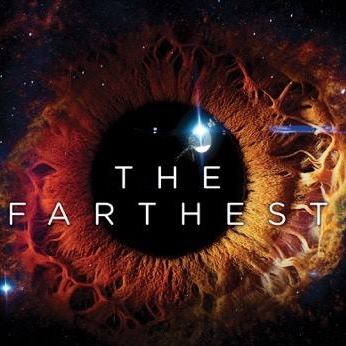
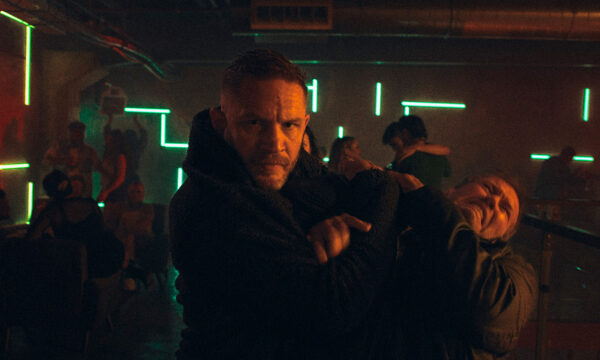
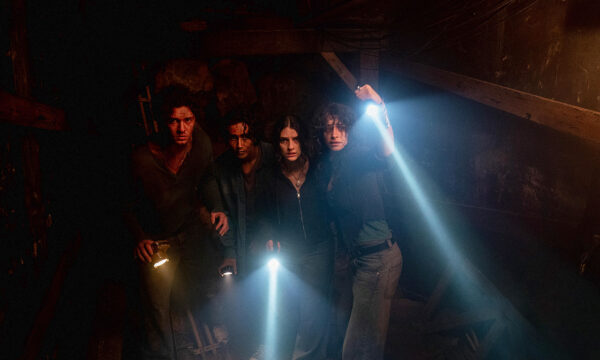
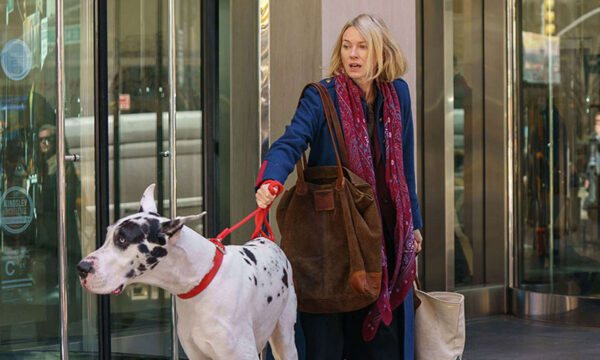

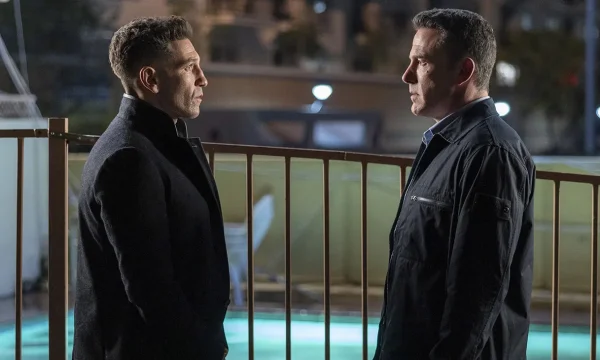
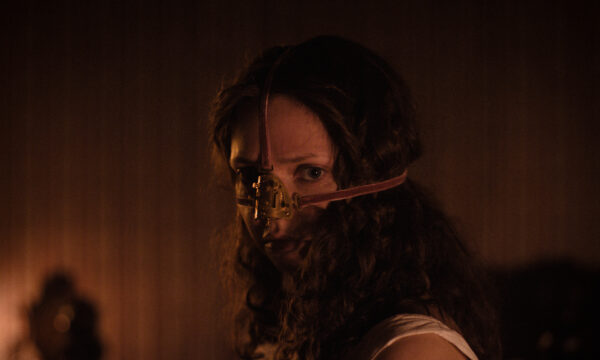
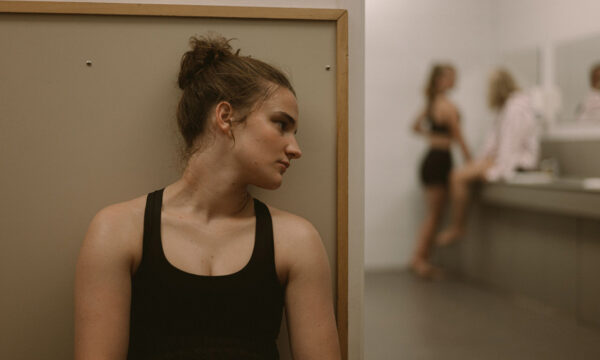
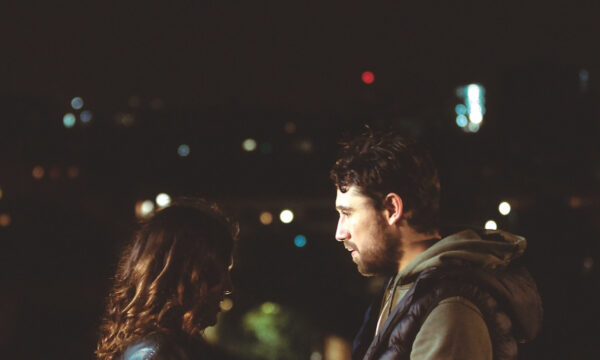
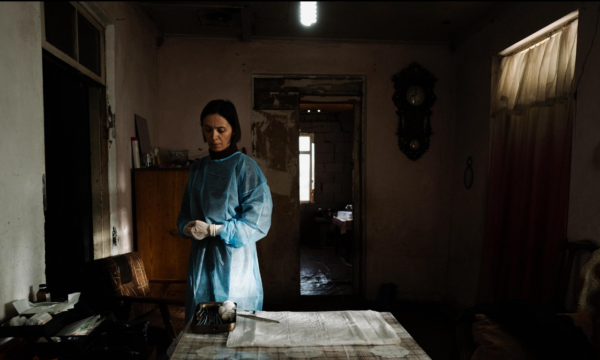














Facebook
Twitter
Instagram
YouTube
RSS